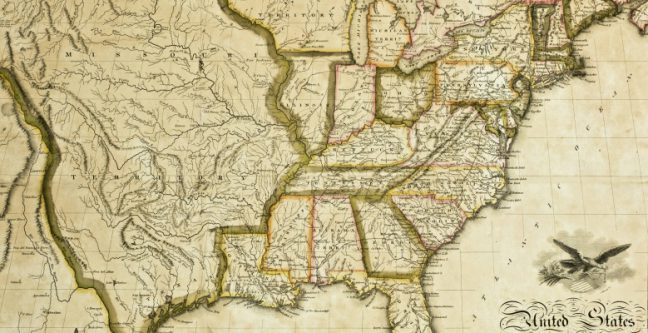The Newberry Library recently released a digitized collection of early 20th Century drawings by the Lakota community. These drawings are part of the Edward E. Ayer Collection which contains artworks, books, and other material relating to Indigenous culture. These drawings were created in 1913-1914 and are now in the public domain.
Any press content I’ve read about the material focuses on how the digitization project reflects “the institution’s awareness of absences within its holdings, and represent important steps towards decolonizing the archives.” Similarly, any of the news coverage I have read focuses on how unique this material is, 40 of the drawings were created by Lakota children.
I kept reading these press releases and articles hoping that there was a mention of the Newberry working with Indigenous communities in developing access protocols and to provide copies of the material to the community. Not a single release mentioned working with the Lakota or any other Indigenous group. Rather, the press releases focus on the missionary who paid Indigenous people to draw the images and subsequent settlers involved in their collection. Maybe I missed something. Maybe there was consultation. And if so, I would welcome details on the collaboration.
Open access does not automatically mean decolonization. Indeed, in many cases Western understanding of copyright goes completely against Indigenous intellectual property rights and community ownership principles. For folks looking to learn more about this I would suggest reading the First Nation Principles of OCAP and the Protocols for Native American Archival Materials. I would also recommend Allison Mill’s Archivaria article “Learning to Listen: Archival Sound Recordings and Indigenous Cultural and Intellectual Property.”
As many archival and heritage organizations begin to think about decolonization and reconciliation, Indigenous ways of knowing need to be incorporated into how we operate. Indigenous people know what is best for their communities and their heritage. As archivists and heritage professionals we need to listen to those desires and needs.
Photo credit: United States of America compiled from the latest & best authorities. By John Melish, 1818. The Newberry.

